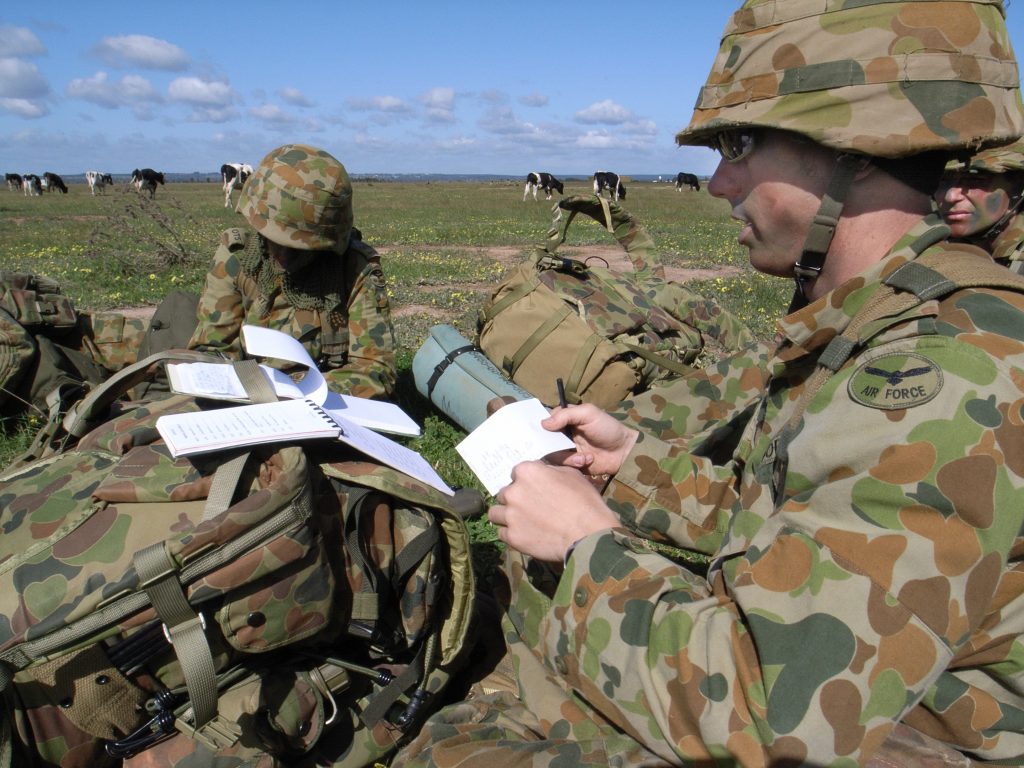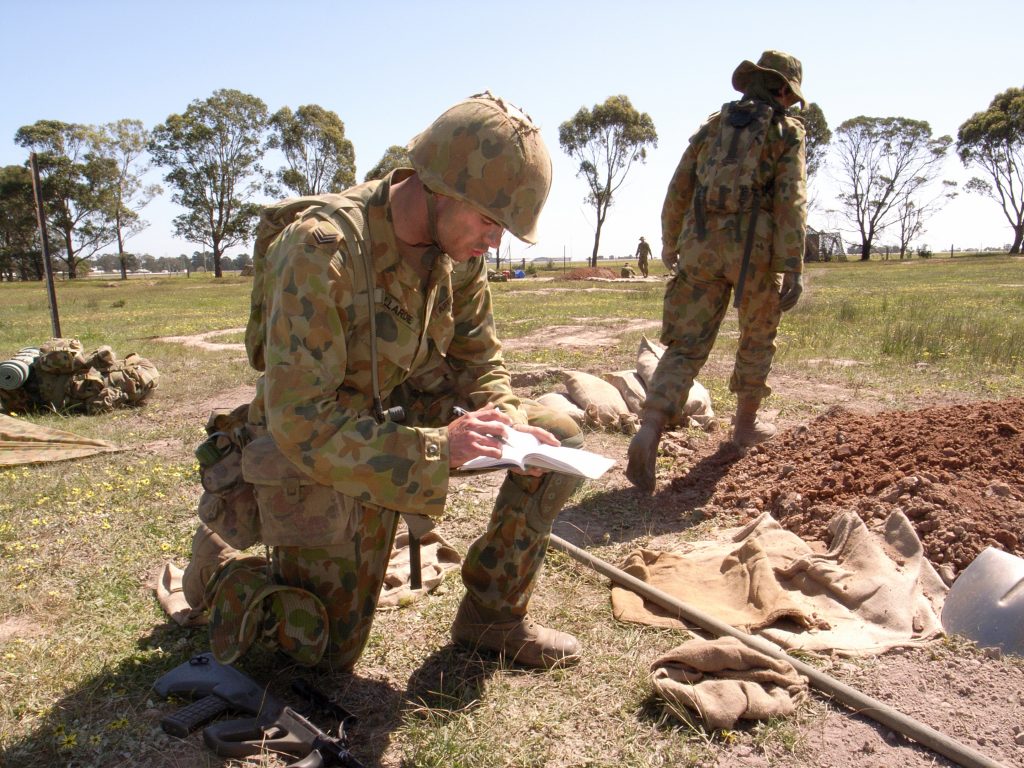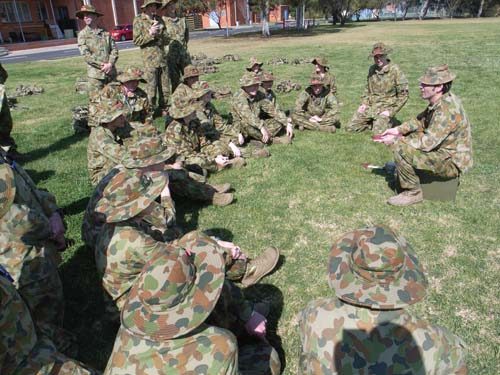Military insights for building resilient agile teams
The Agile Manifesto Values and my military training have many correlations. For example – Individuals and Interactions Over Processes and Tools.
As a Digger in the Australian Army we are taught a number of rules, processes and tools to use in order to get things done. For some, the military appears to be filled with hierarchy, chain of command and orders. It is safe to say these things do exist, but they exist in parallel to getting the job done, not over and above getting the job done.
In the army, the Section Commander would call orders to describe the mission we had been given. As Australian soldiers we had been encouraged to think for ourselves and trained to provide our own solutions to any situation as our experience and knowledge would be taken into account. The section commander would listen one by one to each and every soldiers’ ideas, then make a final decision for the course of action.

The section commander would deliver the mission in the form of the acronym – SMEAC.
- Situation – What were the events leading up to where we are now?
- Mission – What we need to do about the situation.
- Execution – How are we going to achieve our mission?
- Administration and Logistics – The people & resources we need to do the job, and how they are to be coordinated.
- Command and Signal – Who’s doing what and how do I contact them?
An overall Vision would also be incorporated to ensure everyone understood the purpose of what we had been tasked to do.

It’s no wonder the first value in the Agile Manifesto is “Individuals and interactions over processes and tools.” Because, valuing people more than processes or tools makes sense, as it is the people who respond to the needs of the mission and execute a task successfully. If the process or the tools drive the task, the team could not be responsive to change and would be less likely to meet the mission’s goals. By communicating to the team what they are doing and why, you show respect for the people you work with and you will find that the morale of the team will vastly improve. This builds a unification of understanding and greater team cohesiveness.

Sharing information helps:
- Establish trust
- Manage expectations
- Encourage participation and collaboration
- Ensure that the appropriate people are informed
So, as you move about your day with purpose, be sure to talk to your team members in order to get things done and don’t let the process get in the way of success.

